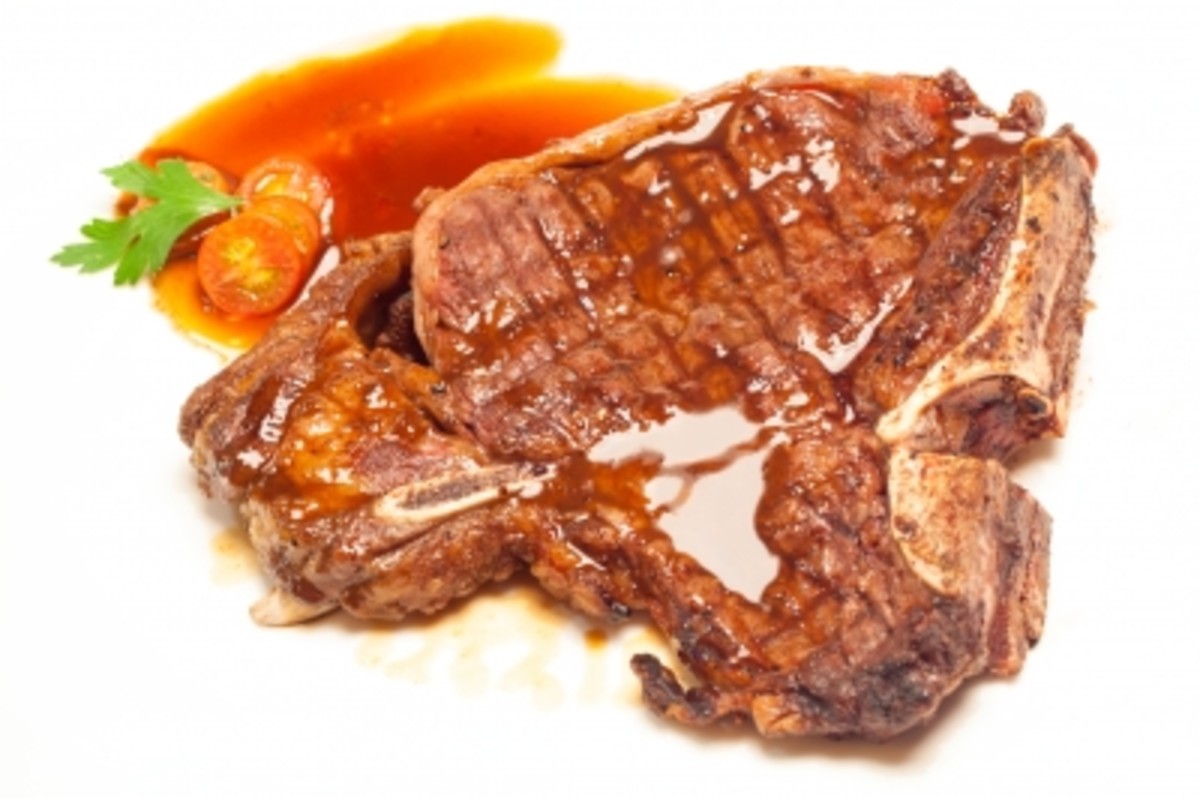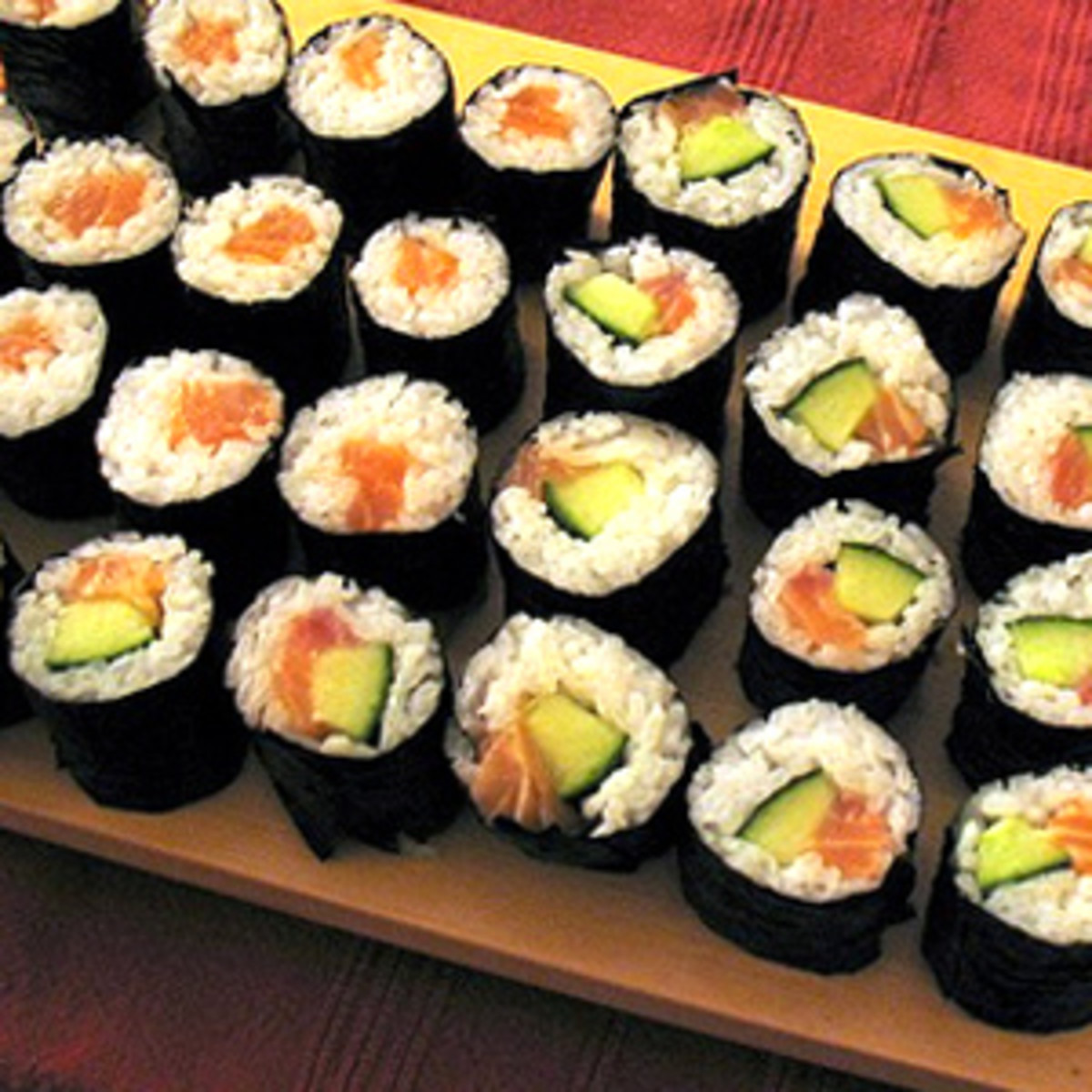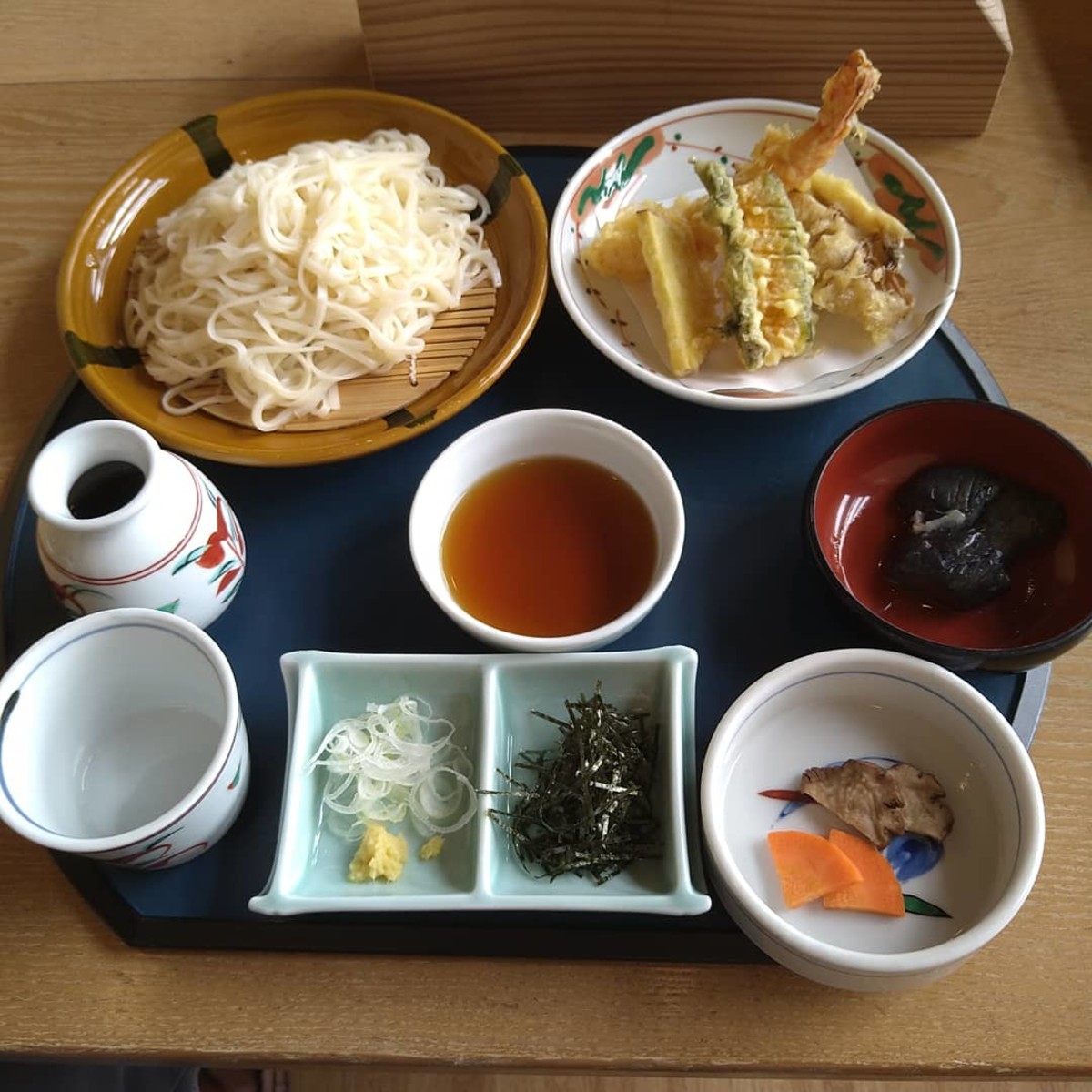- HubPages»
- Food and Cooking»
- World Cuisines»
- East Asian Cuisine
Japanese Food for Vegetarians

Japan is famous for its raw fish and meat fishes - these days, sushi, sashimi and grilled Japanese-style meat is becoming popular worldwide. Those who don't eat meat may be less enthusiastic about Japanese cuisine, but with a bit of looking, there are still delicious dishes just waiting to be eaten.
When I first went to Japan, I was under the misconception that my vegetarianism wouldn't just be a non-issue, it would be easier than ever. And why not? Japan is well-known to be a Buddhist country, and Buddhists don't eat meat, right? I ended up finding out the hard way that Japan not only doesn't cater to those disinclined toward meat, people in Japan have trouble even understanding the concept.
While my friends in Japan were eating delicious yakiniku, fried chicken and other Japanese delicacies, I found restaurants would often not serve a single dish free from meat. Even vegetable dishes, curries and salads were seasoned with bits of ham or meat stock.
My first experience in a Japanese restaurant, I tried to show off my Japanese ability, which was scant, at the time. I flagged down a waitress and asked,
"Excuse me, but I don't eat meat. I'm a vegetarian."
"A.. vegetarian?" she asked, brows knotting.
"Yes. Do you have anything without meat?"
She paused, startled probably both at the request as well as the fact that a foreigner was sitting several feet from where she stood. Then she asked, "No meat... then, is pork okay?"
Another experience not long after the first, I ordered Japanese curry. Curry ought to have been safe, I thought, as a long-time fan of Indian curry which celebrates flavor while being meatless. No luck here, either. A waitress assured me that the vegetable curry contained no meat, and served it to me. Apparently, by "no meat," she meant, "no massive chunks of meat" because there was visible meat in the sauce. A few accidental bites of that gave me a horrible stomachache and a resolve never to eat at a restaurant for the rest of my time living in Japan.

But with more time living there came more experience, and with that, more sense of clarity about what Japanese food is. The problem I had was, I didn't actually know much about Japanese food. If you look, there are some delicious things just waiting to be eaten.
Are eggs okay? Then you will definitely want to give tamagoyaki a try! This is a Japanese style omelet, but the taste is much sweeter and more delicate than a Western omelet, being made with rice vinegar, soy sauce and sugar. It typically won't have any added ingredients like vegetables or meat. This is also a popular dish and you can find it at many restaurants.
At a sushi bar? To clarify, fish in not a required ingredient in sushi! Try tamagozushi, which is egg sushi! A sushi served without wasabi, it uses the same sweet omelet, but cut into a rectangle and served on top of rice, wrapped in a strip of nori (the 'seaweed' that sushi uses). If eggs are no good for you, you can always get kappazushi, which is sushi with cucumber. Depending on the sushi bar, you can also find other vegetable-only sushi. Cream corn sushi is something I've seen at many places, though I myself never had the courage to try it.
Japanese restaurants will also often serve burdock root, called gobō. I've seen it in several forms, including braised with soy sauce, fried, and served in sushi rolls.
One of my all-time favorite Japanese dishes is okonomiyaki, which is usually translated as a sort of Japanese 'pancake', though I don't think it much resembles one. An okonomiyaki restaurant will often have tables with grills, so you can watch it cook or cook it yourself. It's batter made from dough, eggs, and cabbage fried with essentially whatever you want on it. Though meat and seafood is popular, usually meat free ones are advertised right on the menu, in the form of vegetables (especially green onion), cheese or mochi (a chewy rice cake, also usually safe for vegetarians).
Perhaps you're familiar with tempura, Japanese deep-fried whatever. Tempura usually takes the form of seafood and vegetables, and the vegetables taste great! It's often served with white rice and a special dipping sauce, and it's probably one of the most widespread Japanese foods, making it easy to find and order.
Tsukemono refers to pickled vegetables. I don't care for pickled things myself, but it's a popular way to serve vegetables in Japan. Tsukemono with white rice is easy and safe to eat if you're avoiding meat.
Soba is one of the three noodle titans in Japan, next to udon and ramen. Though it is possible to get all three without meat, I believe soba is the easiest by far. Zarusoba is soba served cold - cold noodles may sound strange to some, but it's extremely popular and you can easily get it at most convenience stores. It is usually served with onions and a special sauce, no meat involved. Yakisoba, that is, fried soba, is also popular at festivals, and sometimes is served simply with vegetables.
In the mood for something sweet? A favorite of mine was Japanese sweet bean jam. It isn't like any Western candy, but the taste will grow on you. Sweet bean jam is used in all sorts of Japanese sweets. In the winter, give anman a try, which is a hot steamed bun filled with it!
I couldn't go on this list without mentioning tofu, either. Tofu is served with many dishes, starting from a simple block of cooled tofu with soy sauce and scallions.
Now, this list is a good starting point, but I have to point out that many dishes contain dashi, which is a fish stock that is used in many dishes. What's more is because of the lack of understanding, derived undoubtedly from a lack of actual vegetarians, it could also be used in many supposedly "meat free" dishes. It is certainly possible to get many things without it - and many of the above dishes don't typically use it anyway - but there's a chance you might want to choose your battles when it comes to vegetarianism in Japan. It just isn't easy to always get 100% vegetarian food, so if you're able to budge a tiny bit on little bits of seasoning and the like, you'll have a much easier time in Japan.
Here are a couple other tips before you eat out. First, be familiar with foods that are okay for you. Don't be afraid to ask if there are options for vegetarians before you even sit down. A good phrase to use in Japanese is, "Sumimasen, niku ga taberaremasen," which simple means, "Excuse me, I can't eat meat." But taking my experience in mind, a good strategy is to claim you have a meat allergy. A bit dishonest, perhaps, and I'm not even sure if it's possible to be allergic to all meat, chicken and fish. But it usually prompts the staff to check if dishes contain meat or fish stock, or those pesky small bits of bacon included in vegetables. If you can't eat meat, staff are usually able to adjust dishes to suit your needs as well, though I wouldn't take advantage of this as dietary restrictions aside, it can come across as a little rude to ask for dishes to be altered.







